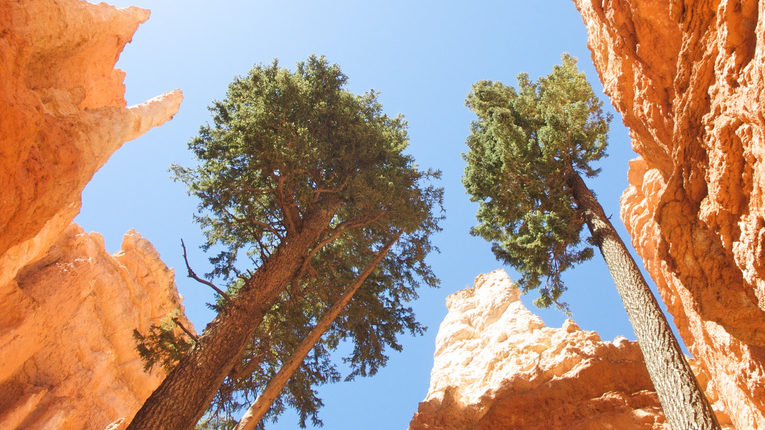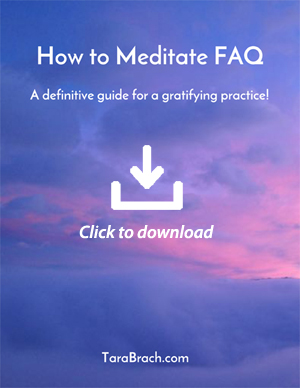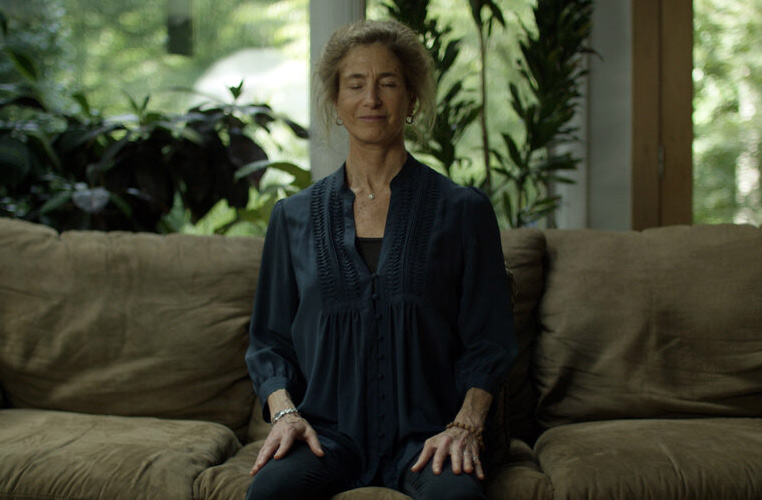Here in this body are the sacred rivers: here are the sun and moon, as well as all
the pilgrimage places. I have not encountered another temple as blissful as my own body
—Tantric song
When I meet with people at retreats or in counseling sessions, some will tell me they feel numb, lost in thoughts, and disconnected from life. Others might tell me they are overwhelmed by feelings of fear, hurt, or anger. Whenever we are either possessed by our feelings or dissociated from them, we are in trance, cut off from our full presence and aliveness.
In Buddhist meditation training, awakening from trance begins with mindfulness of sensations. Sensations are our most immediate way of experiencing and relating to life. All our other reactions—to thoughts, to external situations, to people, to emotions—are actually in response to physical sensations. When we are angry at someone, our body is responding to a perceived threat. When we are attracted to someone, our body is signaling comfort or curiosity or desire. If we don’t recognize the ground level of sensation, we will continually be lost in the swirl of thoughts, feelings, and emotions that make up our daily trance.
One of the best instructions I’ve heard for meditation practice was given by Thai Buddhist teacher Ajahn Buddhadasa: “Do not do anything that takes you away from your body.” The body lives in the present. When you are aware of the body, you are connected with living presence—the one place where you can see reality, see what is actually happening. Awareness of the body is our gateway into the truth of what is.
This gateway to refuge was crucial to the Buddha’s own awakening. When Siddhartha Gautama took his seat at the base of the bodhi tree—the tree of awakening—he resolved to stay there until he found full freedom. He began his meditation by collecting his attention, quieting his mind, and “coming back” to a full and balanced presence. But then, as the story is told, the demon Mara appeared, accompanied by a massive army, and with many deadly weapons and magical forces at his disposal. Mara is a tempter—his name means “delusion” in Pali—and we can also see him as Gautama’s shadow self. Mara’s intent was to keep Gautama trapped in trance.
Throughout the night Mara hurled rocks and arrows, boiling mud and blistering sands to provoke Gautama to fight or flee, yet he met these attacks with a compassionate presence, and the missiles were all transformed into celestial flowers. Then Mara sent his daughters, “desire, pining, and lust,” surrounded by voluptuous attendants to seduce Gautama, yet Gautama’s mind remained undistracted and present. Dawn was fast approaching when Mara issued his final challenge—doubt. What proof, Mara asked, did Gautama have of his compassion? How could he be sure his heart was awakened? Mara was targeting the core reactivity that hooks and sustains the sense of small self—the perception of our own unworthiness.
Gautama did not try to use a meditative technique to prove himself. Rather, he touched the earth and asked it to bear witness to his compassion, to the truth of what he was. In response, the earth responded with a shattering roar, “I bear you witness!” Terrified, Mara and his forces dispersed in all directions.
In that instant of acknowledging his belonging to the earth, Gautama became the Buddha—the awakened one—and was liberated. By claiming this living wholeness, he dissolved the final vestiges of the trance of separation.
For us, the story of the Buddha’s liberation offers a radical and wonderful invitation. Like the Buddha, our own healing and awakening unfolds in any moment in which we take refuge in our aliveness—connecting with our flesh and blood, with our breath, with the air itself, with the elements that compose us, and with the earth that is our home. Whenever we bring our presence to the living world of sensation, we too are touching the ground.
In the early part of the last century, D. H. Lawrence found himself in a society devastated by war, a landscape despoiled by industrialism, and a culture suffering from a radical disconnect between mind and body. Written in 1928, his words have lost none of their urgency:
It is a question, practically of relationship. We must get back into relation, vivid and nourishing relation to the cosmos and the universe. . . . For the truth is, we are perishing for lack of fulfillment of our greater needs, we are cut off from the great sources of our inward nourishment and renewal, sources which flow eternally in the universe. Vitally, the human race is dying. It is like a great uprooted tree, with its roots in the air. We must plant ourselves again in the universe.
When we disconnect from the body, we are pulling away from the energetic expression of our being that connects us with all of life. By imagining a great tree uprooted from the earth, we can sense the unnaturalness, violence, and suffering of this severed belonging. The experience of being uprooted is a kind of dying.
Some people tell me about the despair of not really living, of skimming the surface. Others have the perpetual sense of a threat lurking around the corner. And many speak of being weighed down by a deep tiredness. It takes energy to continually run away from pain and tension, to pull away from the life of the present moment. Roots in the air, we lose access to the aliveness and love and beauty that nourish our deepest being. No false refuge can compensate for that loss.
Yet, like the Buddha touching the ground, we can reclaim our life and spirit by planting ourselves again in the present. This begins by connecting with the truth of what’s happening in our body. Then, when we’re finally in direct contact with the felt sense of that aliveness in our own being, we can fully experience this mysterious field of aliveness we call home.
Adapted from True Refuge – Finding Peace and Freedom in your Own Awakened Heart (Bantam, Feb, 2013)
For more information on Tara Brach go to: www.tarabrach.com


